10 Best Animals For Off Grid Living
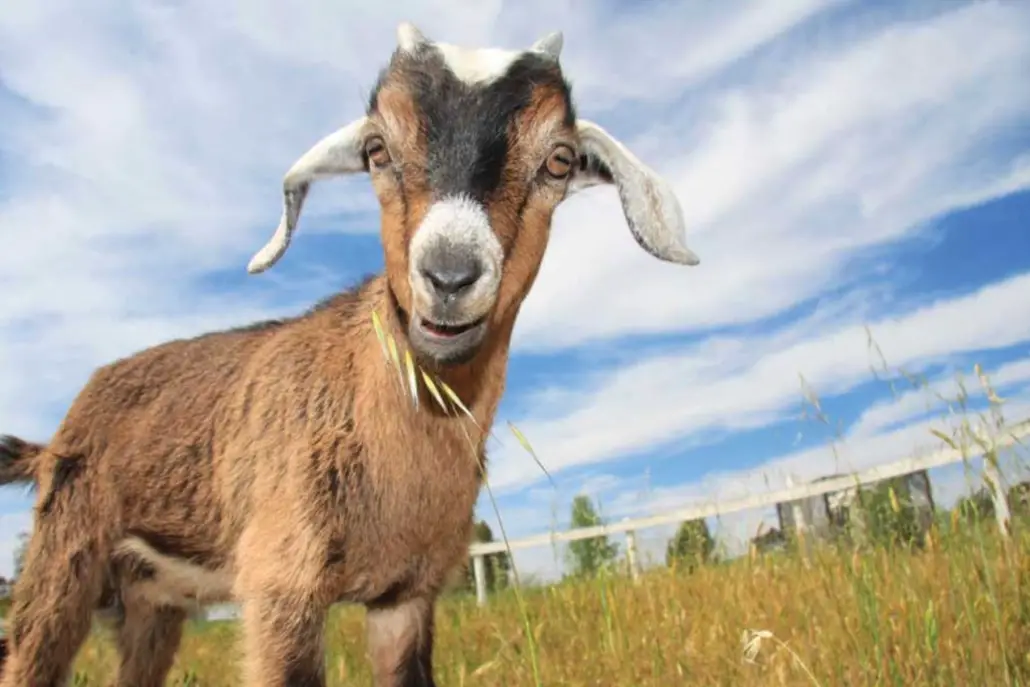
Living off the grid allows an individual to be a more self-realized, self sufficient, independent person.
It really tests a person’s meddle because only when you choose to live without the luxuries of the modern world do you really see what life is like on life’s terms.
It can be a great challenge for some people – especially because if you really want to live off the grid you have to find a way to feed yourself. That’s why living off the grid and farming have always gone hand-in-hand.
Living off the grid is nothing new. In previous centuries when utilities weren’t a thing, living off the grid was simply called living. Farming is nothing new either. Farming has been around ostensibly since the dawn of man.
The fact that it is a practice that still persists today is a testament to how vital farming really is to human life. In fact, people who don’t even live off the grid depend on farmers for the food they pick up at the grocery store.
But if you are just starting your new life off the grid (or “homesteading” as it is often called these days) you may be wondering how you will feed yourself. That’s where farming and livestock come into play.
You will have to keep a cache of livestock if you want to live at least somewhat independently. But you also have to know which animals to keep.
You need to carefully consider how much space you have, what you will have to feed them, how to protect them and their proximity to other animals. In the following article we will be running down the 10 best livestock animals for off the grid living.
#1 – Chickens – Most Popular Choice
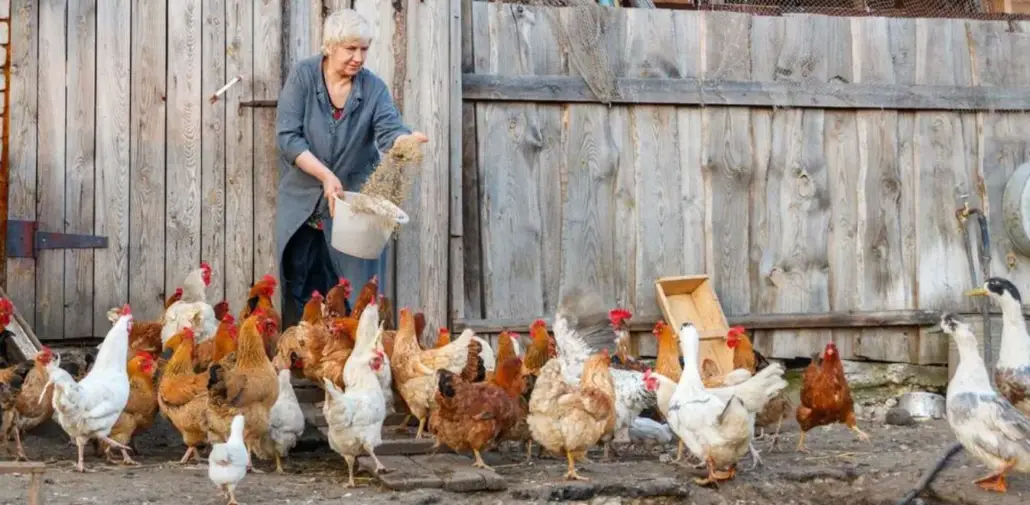
Look on any homestead property and what are you likely to see on the grounds? Chickens.
Chickens produce a staple protein for humans and they are some of the easiest animals to keep as livestock.
Another reason why they top our list is because they are a great, low-maintenance livestock for first-time homesteaders.
Selling Points:
- Easy maintenance
- Affordable feed
- Multiple food produce
- Free feed opportunities
- They help control pests
Key Features:
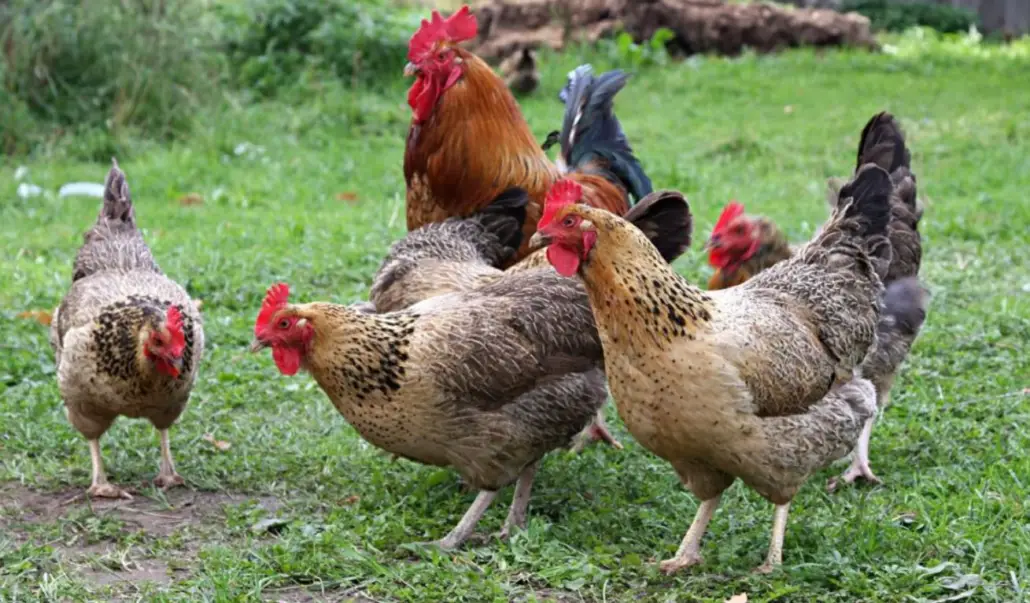
You are going to want as many hens as you can manage. Typically, if you have 2 dozen hens on-hand all year, that’s enough to supply you with as many eggs as you will need. You will also need to keep one cock among the hens.
This will keep the hens happy and keep a steady flow of new chickens you can either keep or sell. Chickens (hens and cocks) aren’t very large. They stand 1-2 feet off the ground and don’t weigh very much.
They don’t require a lot of specialized space although it is ideal if they have an expansive area where that can walk around, spread their wings, scratch and take dust baths.
Letting them loose around the grounds will also help keep pests to a minimum because they can eat a lot of bugs.
Chickens require just a handful of grain and some sort of protein feed every day.
Feeding them takes just a couple of minutes and you can even give them table scraps when you have some to spare.
Be sure to build them a coop so they can lay and incubate their eggs and to protect them from predators like coyotes and foxes.
Chickens can be used for eggs and meat. They are also advantageous because they help control pest infestations, are easy to care for and affordable to keep.
You just have to make sure they are cooped up every night and that the hens are getting enough protein to produce eggs.
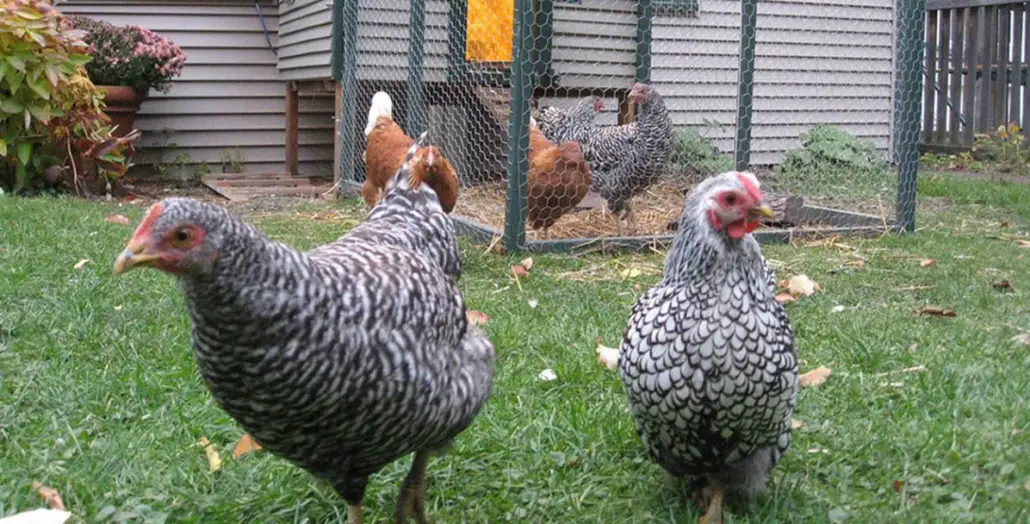
Overall Rating: 97/100
#2 – Goats – Easy Maintenance

Goats have a lot going for them – especially if you’re a first-time homesteader. They are one of our top choices because of the extreme ease of maintenance.
Selling Points:
- They help with weeds
- Easy to feed
- Produce nutritious milk
- Survive in many environments
- Can be used for meat
- Fun pets
Key Features:
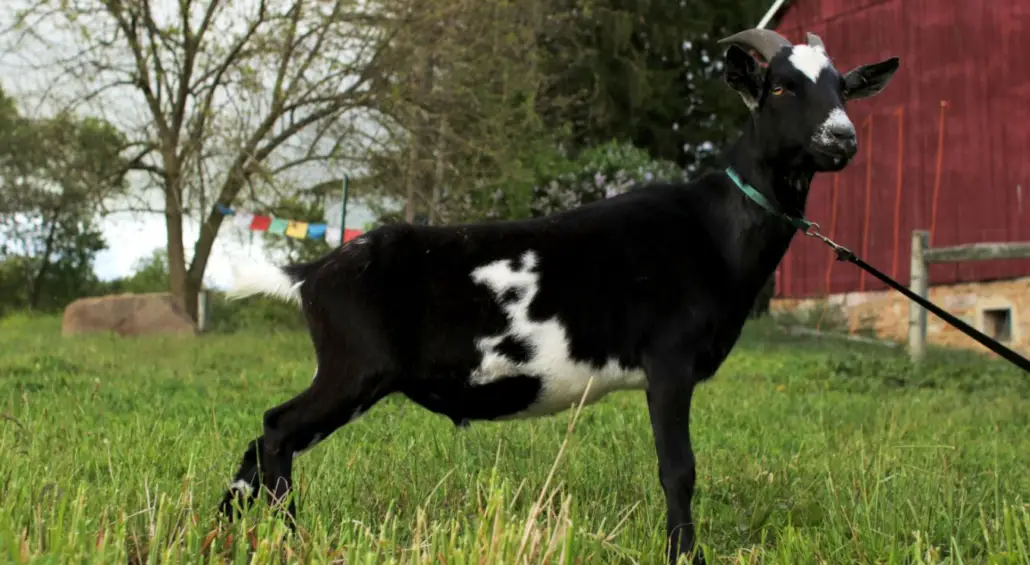
There is a wide variety of goat breeds including Alpine, LaMancha, Nubian, Oberhasli, Saanen, Sable, Toggenburg, Nigerian Dwarf, Boer, and Myotonic. Some of these breeds are even useful for producing fleece.
They can vary in size but are usually the size of a large-breed dog. While goats thrive in open acreage because they love to eat grass and weeds, they can also be kept in small yards and pens. You can feed your goats the vegetation that grows around your property, hay and feed grains.
Goats require very little maintenance. The humane thing to do would be to let them out for a few hours a day so they can walk around and munch on weeds so, as with most of the livestock animals on our list, they would do best when they have an acre or two to romp around in.
Goats can produce a nutrient-rich milk for people who can’t digest cow’s milk. The milk can also be used to make a rich cheese. Goats can also be used for meat and some breeds can produce fleece.
Perhaps the most important thing to remember is that goats are prone to stomach ailments. You can’t just feed them anything or else they will get sick. Stick to a regular diet of weeds and grains.

Overall Rating: 96/100
#3 – Pigs
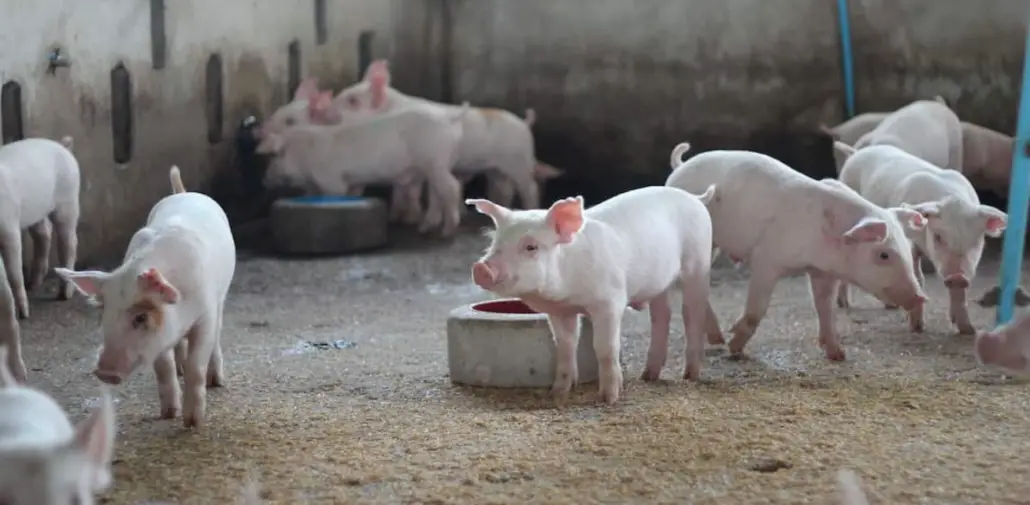
Pigs are a lot smarter and a lot more useful than they often get credit for. Aside from meat, they can fulfill tedious chores on the homestead.
Selling Points:
- Intelligent
- Easy to feed
- They can produce a lot of meat
- The meat can be sold
- A litter can consist of up to 11 piglets
Key Features:

There are a handful of different types of pg breeds that are used for livestock – Hampshire, Landrace, Spotted and Yorkshire just to name a few – but almost all of them are raised exclusively for meat.
There’s no denying that pigs produce delicious meat like pork and bacon.
They can be a handful though. That’s because hogs can grow to reach about 3 feet tall and weigh between 300 and 700 pounds!
This means that you will need a strong enclosure (pig pen) and a decent amount of space on your property so that they can be humanely kept.
The good news is that pigs will eat almost anything. While their ideal feed would be corn, they can eat any type of table scrap or compost as long as it doesn’t have meat or mold on it.
Pigs do best when they have ready access to food and mud so they can cool off. You will need to feed them more often than other livestock animals as well.
They don’t have a lot of natural predators on the homestead but you have to be careful about them escaping.
Pigs are a lot smarter and stronger than we give them credit for so they can easily break out of a weak enclosure and wander away.

Overall Rating: 95/100
#4 – Rabbits

Rabbits may seem like an unlikely choice but they can meet a lot of needs on the homestead – not least of all meat.
Selling Points:
- They take up little space
- They make great fertilizer
- Gestation period is short
- Good meat to feed ratio
- Low feed cost
Key Features:
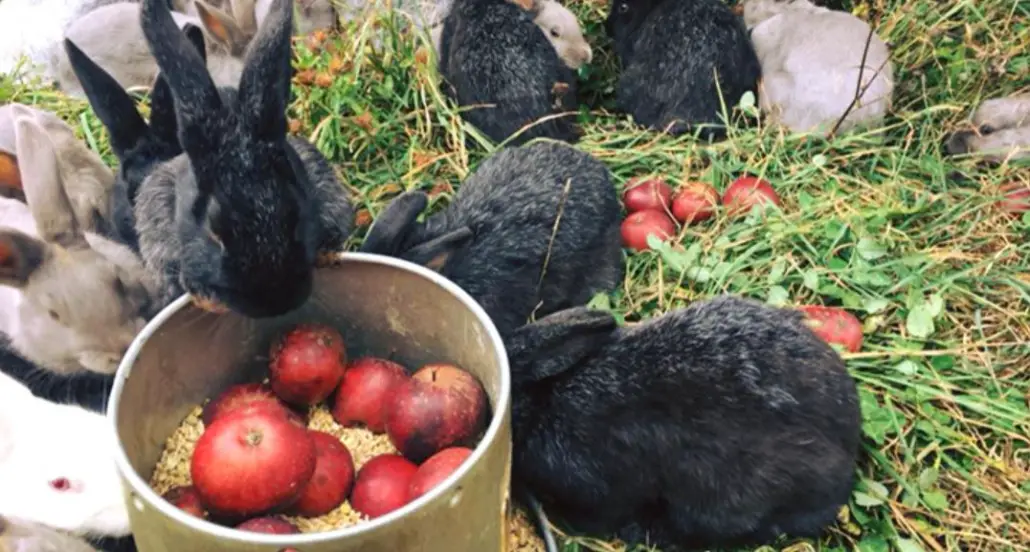
If you are planning to raise rabbits primarily for the meat you should opt for New Zealand rabbits, California rabbits, Satin rabbits, silver fox rabbits or American Chinchilla rabbits.
They produce a very lean and healthy meat that tastes great when fried.
Other than meat, you can raise rabbits for their pelts. The pelts can be sold or used in household crafts. Rabbits are very small so they require very little space.
You may need to build a hutch if too many of your rabbits are being eaten in a free-range setting but hutches are easy and cheap to build.
You can buy rabbit feed (very cheap) or you can feed them green waste and scraps from your garden. They will also eat wild grass. They require almost no maintenance apart from feeding and maybe wrangling them into their hutch.
Their biggest threats are natural predators like foxes, coyotes and birds of prey. Rabbits can produce a lot of meat with little feed and in a very short amount of time. They breed very quickly and produce large litters.
This also presents a challenge for some homesteaders. While rabbits take up very little space, their population can get out of hand very quickly. When they are not culled at a rate commensurate with their breeding pace, they can eat up all your grass.
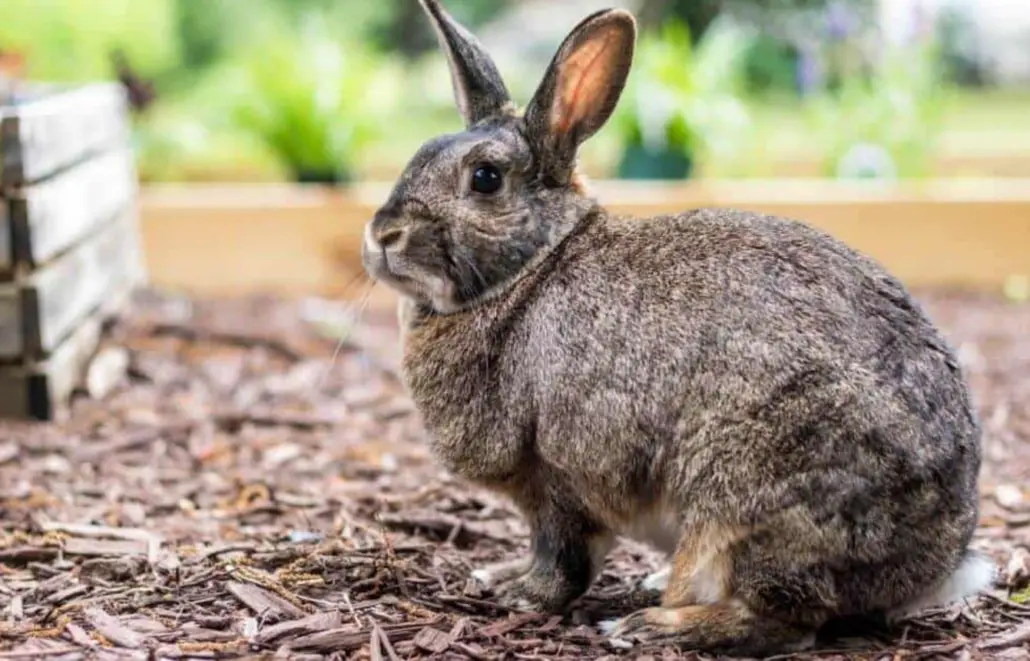
Overall Rating: 94/100
#5 – Bees

Bees are probably another animal you didn’t consider for your homestead but their self-contained nature and benefits make them a great choice.
Selling Points:
- They produce honey
- They pollinate flowers
- They require very little space
- Great source for sugar
- Easy to catch
Key Features:
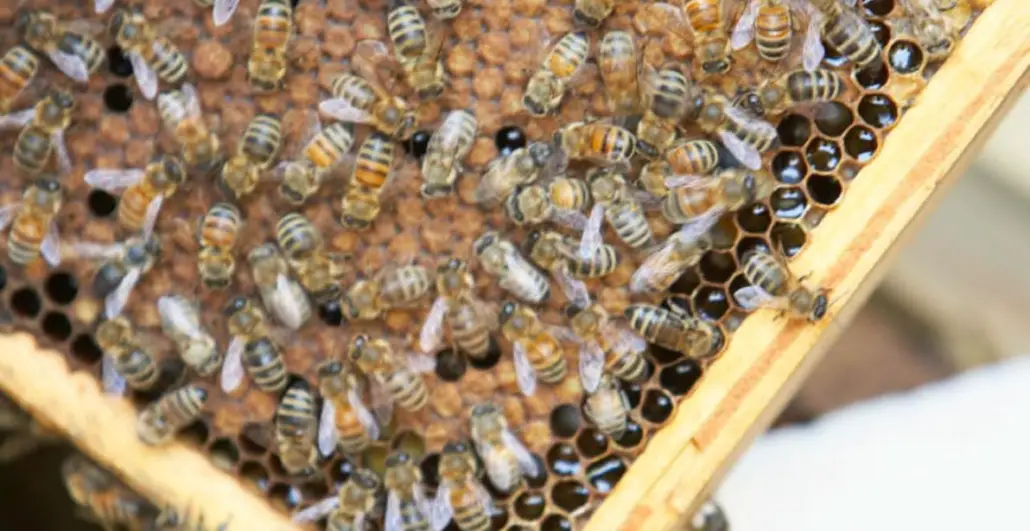
Honeybees are tiny. You can keep a whole hive of them in a 2 x 2 foot enclosure. Of course, you can have multiple honeybee hives on your homestead or create larger hives but at the basic levels, they take up no space at all.
In order to catch your own honeybees and start your own colony, you will need to purchase a hive box. Some hive boxes come with integrated feeders for sugar water and even honey collecting mechanisms to separate the honey from the wax.
If you opt for one of these fancy hive boxes the maintenance is almost zero. All you would have to do is make sure their sugar water/honey is replenished and collect the honey. In any case, you will need to invest in a bee suit and gloves.
Honeybees are obviously useful for honey. If you have a large garden or a lot of flora on your homestead having your own hive of honeybees would be ideal. That’s because they will help propagate your flowers and keep your garden alive and beautiful.
You can feed honeybees sugar water but that’s not the healthiest option for them. It would be best to keep them fed with their own honey so when you harvest a batch, make sure to set some aside for their feed. Their biggest threats are wasps and sickness in the hive.
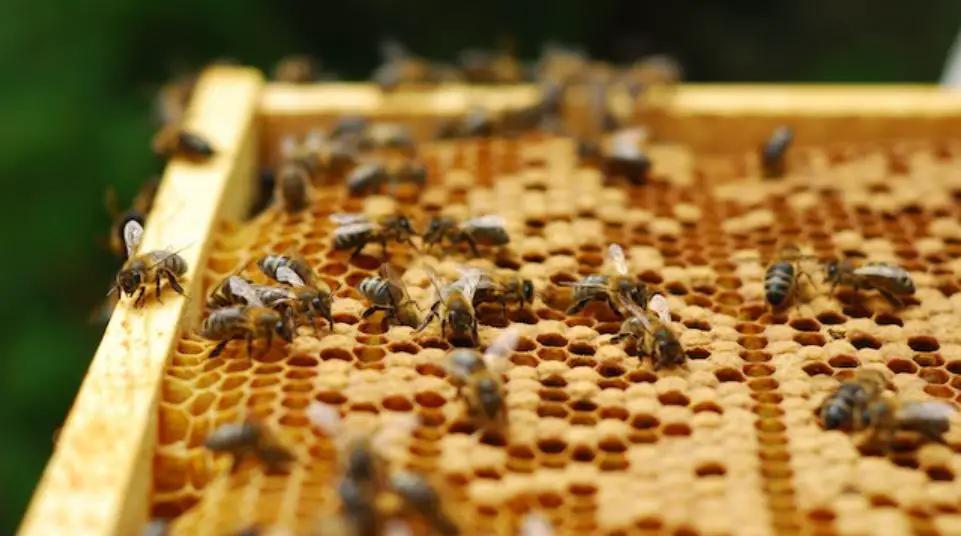
Overall Rating: 93/100
#6 – Sheep
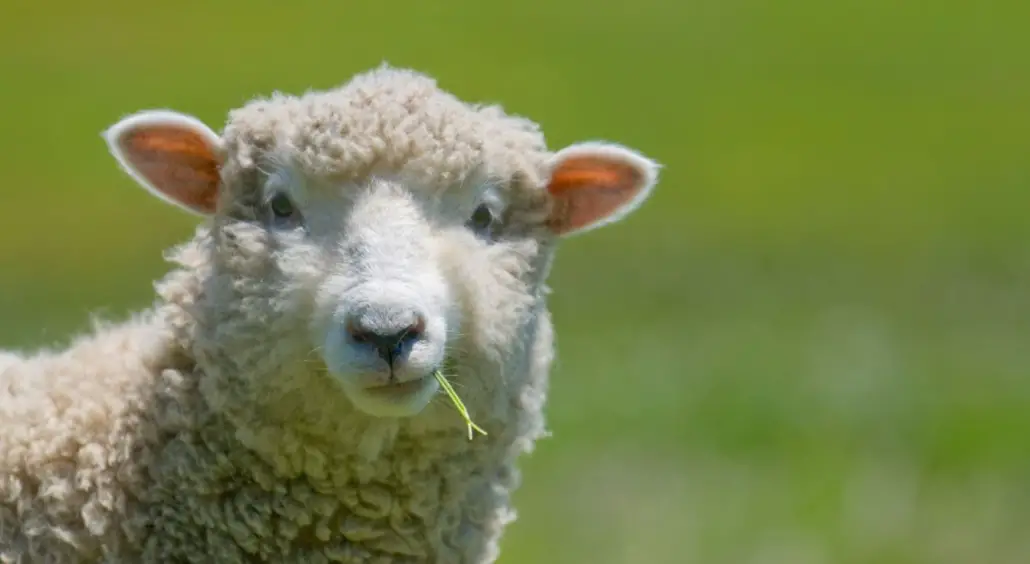
Sheep are a multi-purpose animal that also make very cute and easy to maintain pets.
Selling Points:
- Great for wool
- Gentle
- They produce milk
- They can be sold
- Good meat
Key Features:
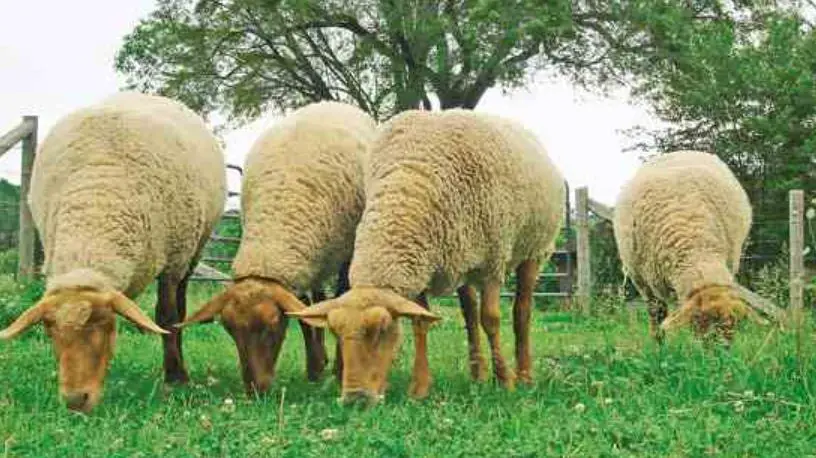
Ship are mid-size farm animals. The average male is between 99 and 350 pounds while the average female is between 99 and 220 pounds. Therefore they will need a sturdy enclosure so they don’t run off. Usually though, all it takes is a simple fence.
It would be ideal to have at least a few acres so that the sheep can graze. They mainly eat hay, grains and grass so they are happiest when they are able to wander around and graze on tender grass as they please.
Despite popular belief, maintaining sheep isn’t labor-intensive. They need to be fed every day and sheared at least once a year so you will also need to invest in shearing clippers; but that’s about it as far as maintenance goes.
Sheep do best when they are on a grassy homestead with room enough to meander. If kept well, sheep can produce wool, milk, delicacy meat and their lambs can also be sold for a considerable price.
One of the downsides to keeping sheep is that you need to protect them fiercely. Sheep are easy pray for mountain lions, coyotes, wolves and other large predators. Some sheep may also require regular de-worming.
Still, the advantages outweigh the downsides. Lambs meat can be sold for a premium price and they are much easier to corral than goats. Plus, there is always a market for sheep/lamb’s wool.
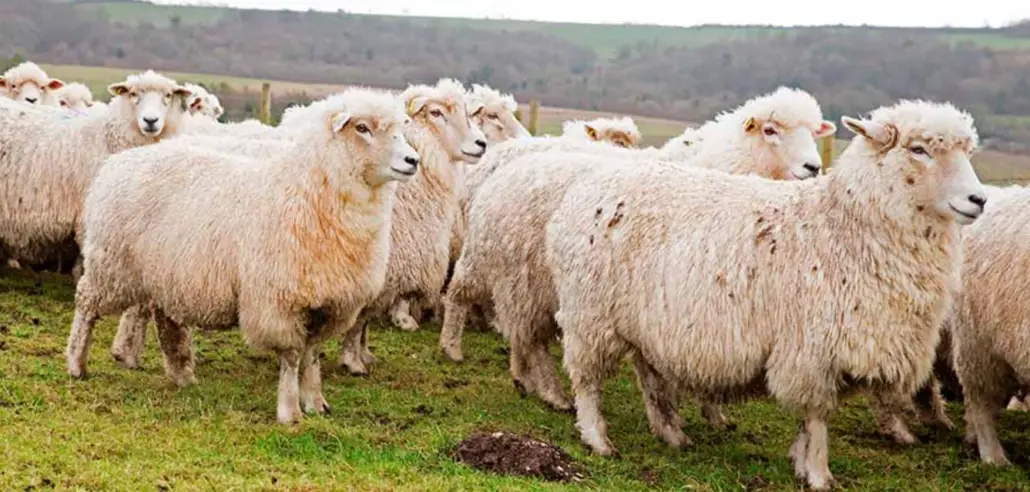
Overall Rating: 93/100
#7 – Cows
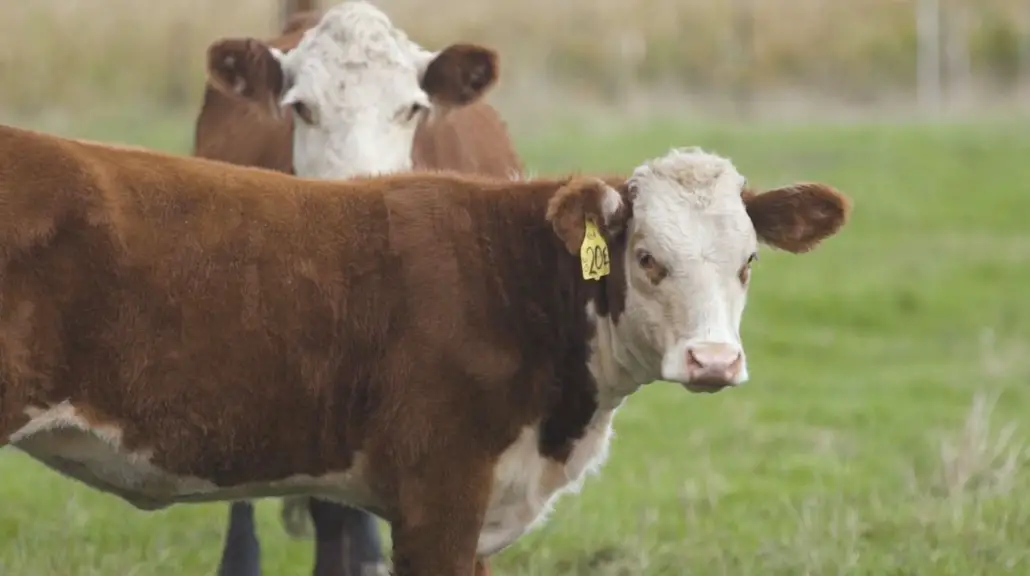
Cows are big animals and require a big commitment but the rewards keep coming season after season.
Selling Points:
- Ideal for milk
- They can produce a lot of meat
- They can be fed off the pasture
- They produce manure
- Calves can be sold
Key Features:
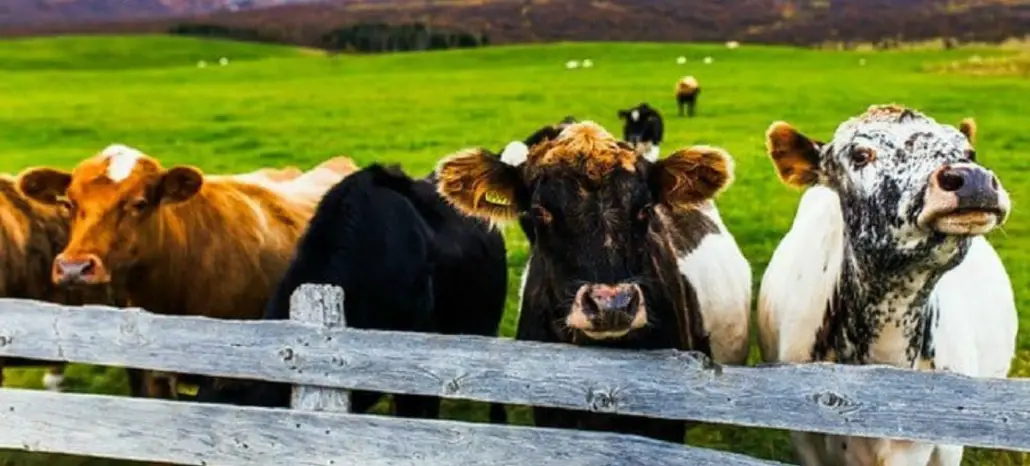
Cows may not be the best idea for the first time homesteader. Cows are very large. They can grow to be 1600 pounds and bulls can reach 2400 pounds.
Therefore, they need a lot of land. In fact, a single cow needs at least two acres: one acre to graze and another acre to rotate when the other is eaten up.
As you can imagine, cows usually eat grass; but they can also be fed off the pasture with a lot of hay. We do mean a lot of hay too: a single cow can eat up to 24 pounds of hay per day. Keeping them fed is the biggest chore. Milking them is the other biggest chore.
Cows need to be milked twice a day. Then you have to take care of their waste which should be cleaned daily. Since they are so large, they will need a barn to shelter them in the winter and to give them a place to birth their young.
On that note, cows usually need help birthing so keep that in mind as well. The ideal homestead for cows would be one with multiple acres and a suitable barn. They can produce beef, milk and their milk can be used to produce cheese, butter and other dairy products.
Cows don’t have a lot of natural predators but they are prone to mastitis after giving birth. They are also susceptible to mineral deficiencies. The good thing about cows is that their beef is almost universally applicable and milk is always in demand one way or another.
The downside is that these are very large animals and they can cause serious injury if you don’t know how to handle them. If you are first-time homesteader you may want to thin twice or three times before investing in a cow.
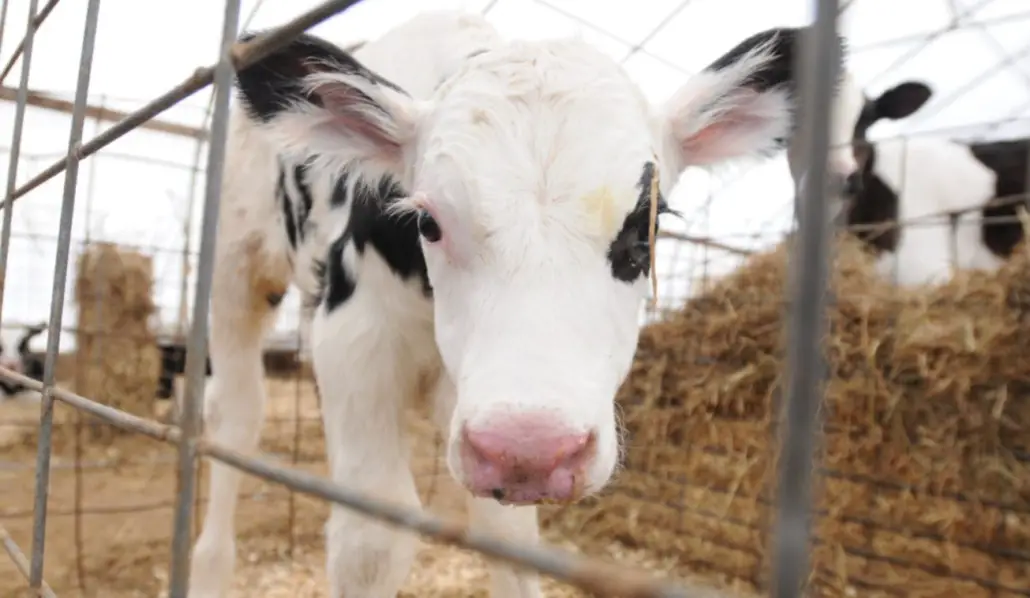
Overall Rating: 91/100
#8 – Turkeys
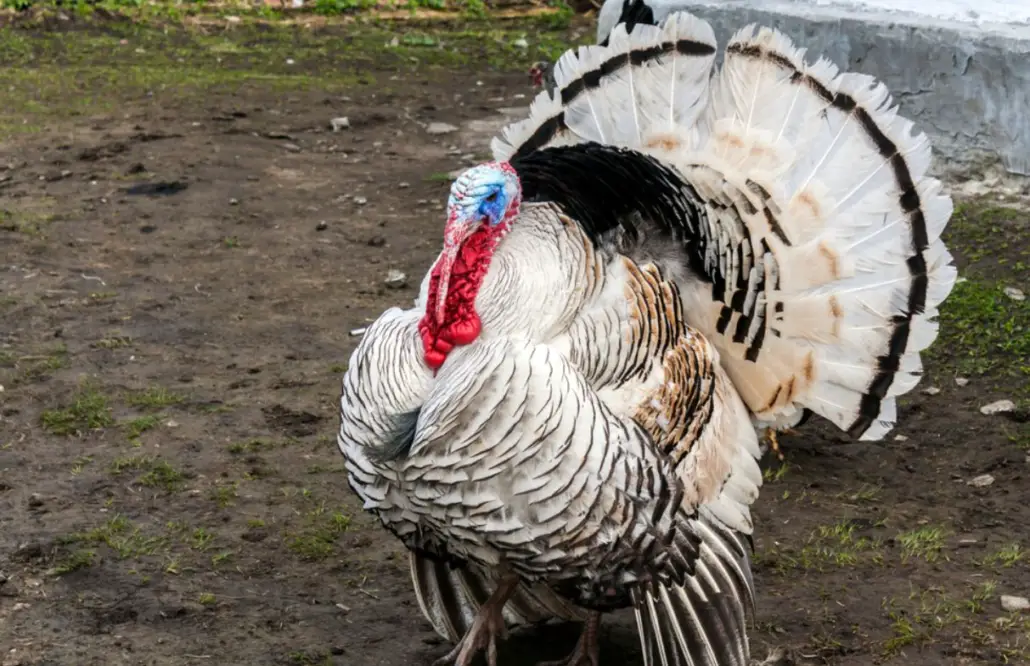
Turkeys require many of the same considerations that chickens do but they produce much more meat than chickens.
Selling Points:
- Easy to care for
- Many breed options
- Heritage breeds taste much better than commercial breeds
- They can help with pests
- Great dressed weight
Key Features:
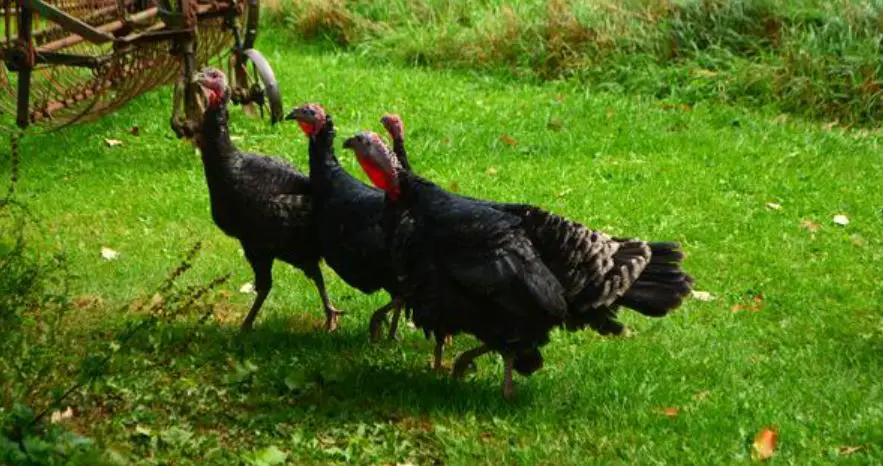
Turkeys are a bit larger than chickens but require much the same maintenance.
Male turkeys can get to be as big as 24 pounds while the average female will only get to about 12 pounds. There are 2 main types of turkeys for homesteaders: commercial breeds and heritage breeds.
Commercial breeds tend to have larger breasts but more of a bland flavor. Heritage breeds like Bourbon Red, Black Spanish and Royal Palm turkeys have a deep, rich flavor even if their breasts are smaller.
Turkeys require the same types of shelter as chickens. A coop that lets the sun shine through would be ideal for them to roost and take shelter from predators.
When turkeys get older they will naturally start eating certain insects. However, when you are raising them they will need starter feed and growing feed.
Turkeys need very little maintenance apart from daily feeding. Like chickens, it would be ideal if you had about an acre for them to mill about during the day. They have the same types of predators as well including coyotes and foxes.
While they are really only useful for meat, they are low-maintenance enough to make the investment worth it for most homesteaders. One of the biggest challenges with turkeys comes when you also have chickens.
You have to keep the chickens and turkeys separate. You also have to make sure you keep feed and equipment separate as turkeys can easily get infections from chickens and even from equipment used with chickens.
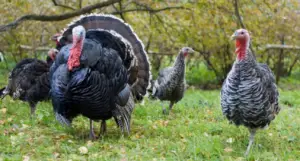
Overall Rating: 92/100
#10 – Rainbow Trout

Rainbow trout can be grown indoors or outdoors. They are a low-maintenance livestock even if their use is limited.
Selling Points:
- Cold water fish
- Easy to maintain
- Good resale value
- Little knowledge required
- Can be kept almost anywhere
Key Features:
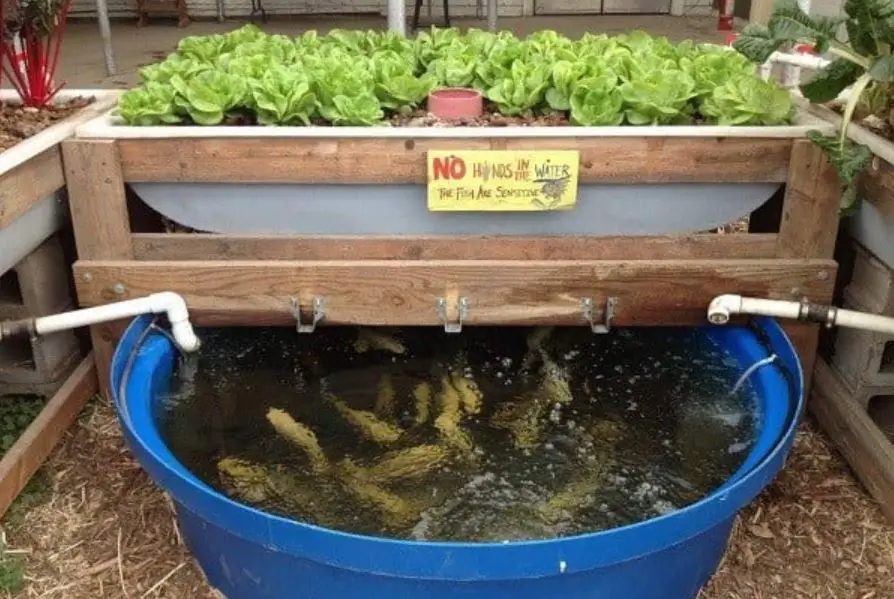
Rainbow trout can vary greatly in size. They can weigh anywhere between 7 and 27 pounds.
The real problem with size will arise if you choose to keep a large brood of them. In this case, you will need to build a large pond or invest in an especially large tank for them.
The good news is that they can be kept anywhere you are able to control the temperature of the water. There are indoor and outdoor options but you need to make sure that the water stays cold. The amount of space you will need will depend on how large a school you want to keep.
You will need to keep their water cold and clean whether you invest in a aquaponic tank or build an enclosure for them. While the aquaponic tank option eliminates a lot of the maintenance needs you still have to keep a close eye on it and make sure you are keeping up with feedings.
Rainbow trout food is very cheap and feeding takes just a minute or two. Rainbow trout can be used as a source of food or income. Many parks and preserves around the country stock their lakes and ponds with rainbow trout.
The main challenge with keeping rainbow trout as livestock is making sure their water is clean and cold.
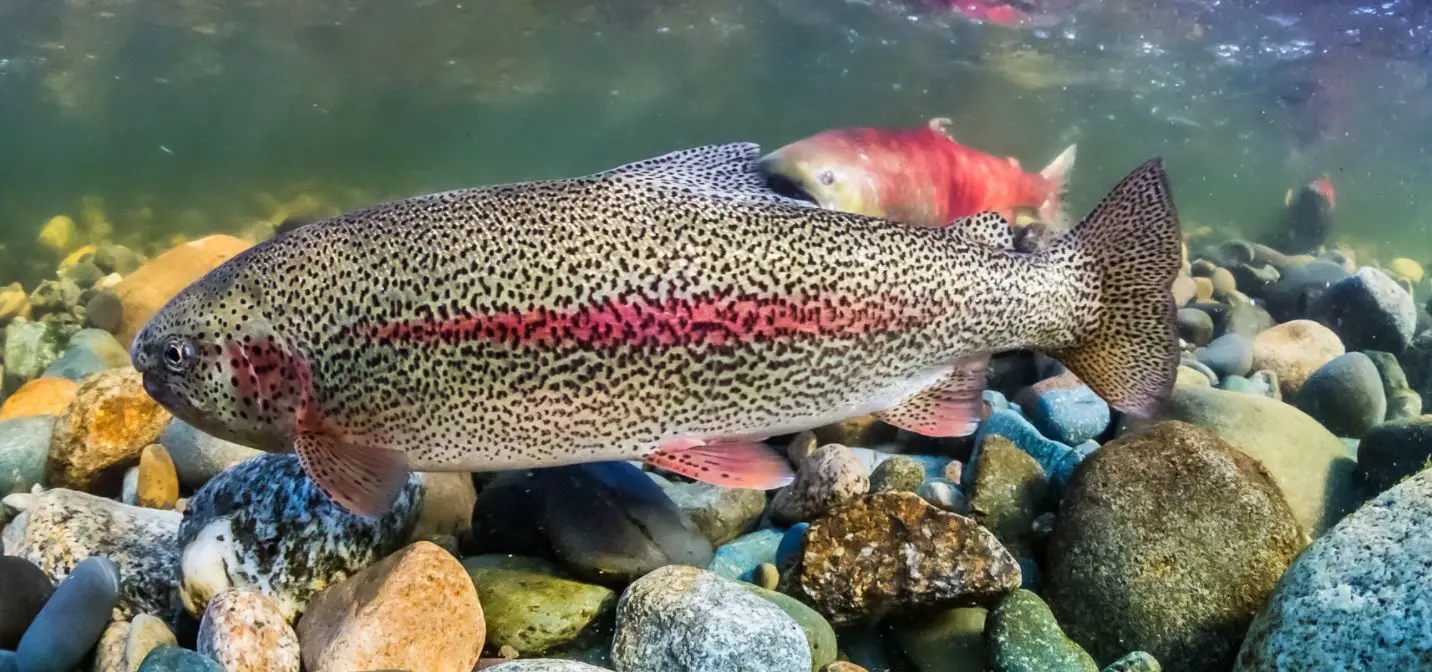
Overall Rating: 87/100
Final Thoughts
Living off the grid can be a very rewarding experience. You will be able to see firsthand how the land and the humans/animals living on it depend on each other. It’s a beautiful sight to behold but it reveals itself slowly.
If you are just starting to live off the grid you will have to take baby steps towards full independence. In the beginning, you may still have to run to the grocery store every so often; but don’t let that discourage you. Anything worth doing takes time and effort.
We hope that our list of the best animals for living off the grid has informed you, encouraged you and given you some insight into this independent way of life.


